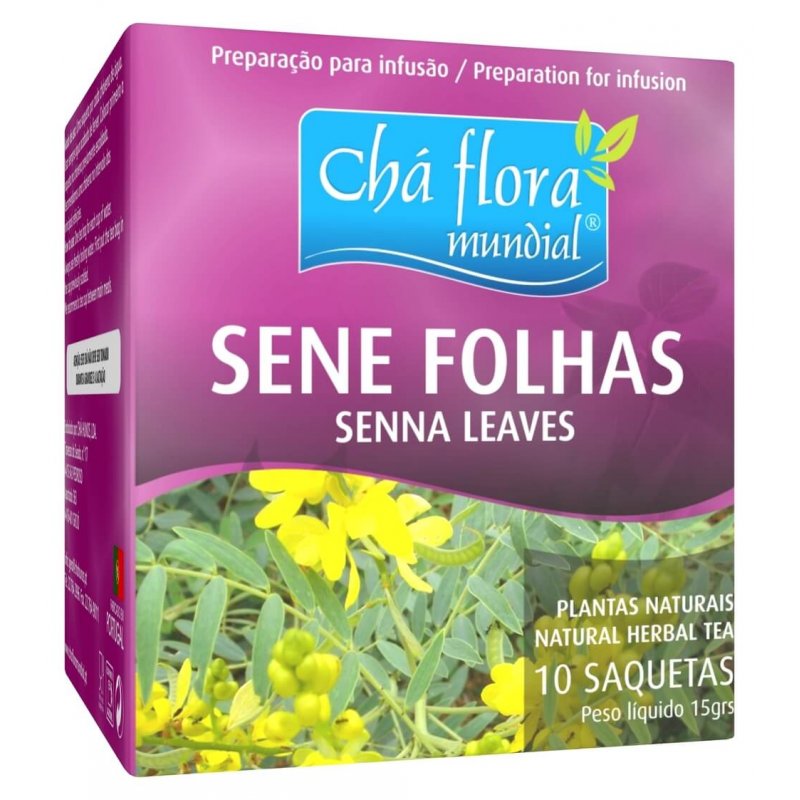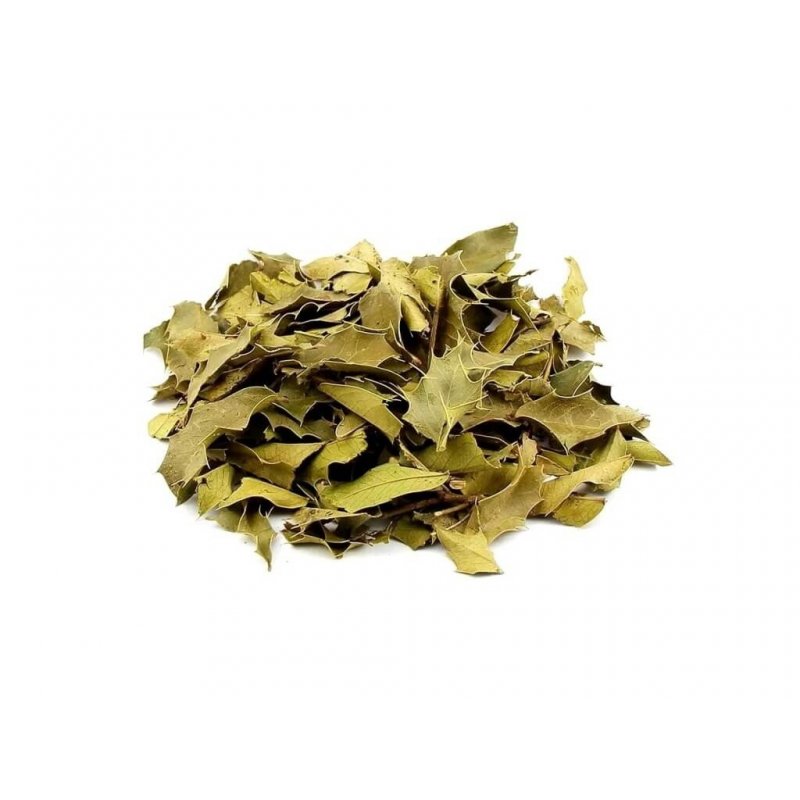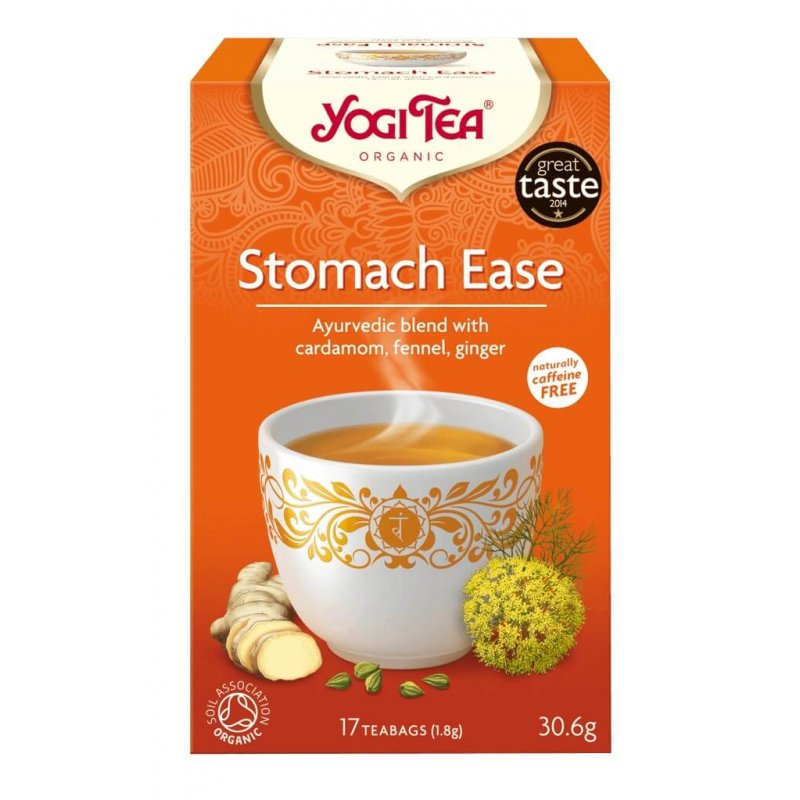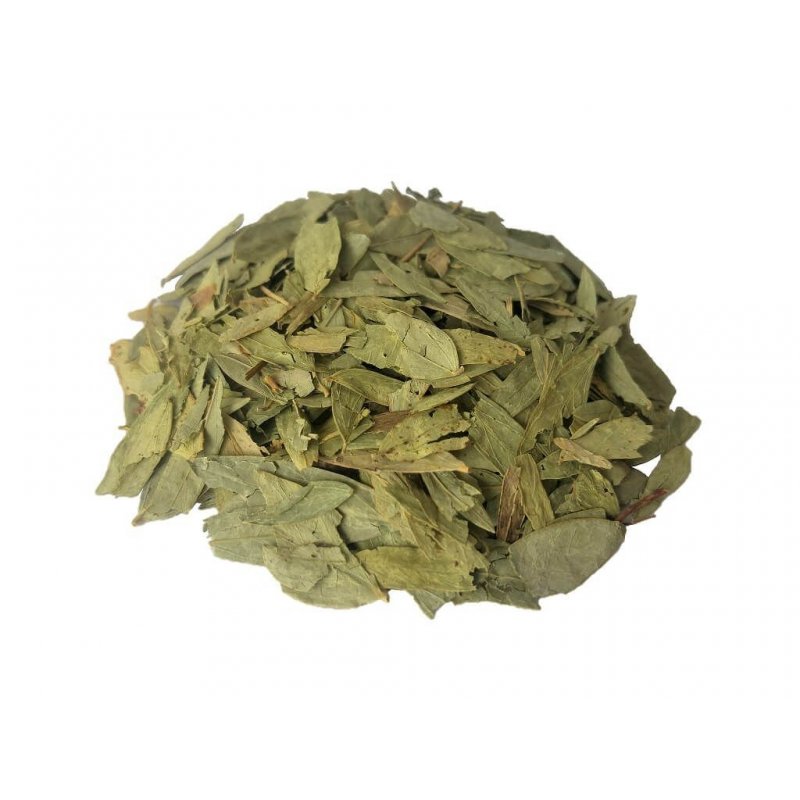Tamarind dried fruits (Tamarindus indica L.)
Tamarindus | Laxative | Fibers

Fast delivery worldwide
Sent by: DHL, DPD, UPS, MRW, CTT
Tamarind dried fruits
Tamarind is a pod-shaped fruit of a large tree native to Tropical Africa and Madagascar. When used in infusion, Tamarind acts as a natural laxative, diuretic, and anti-inflammatory. This fruit is very similar to the peanut, but larger, with a thinner shell and a soft, slightly sweet pulp.
Ingredients: 100% Tamarind fruits (Tamarindus indica).
What is Tamarind Tea good for
Tamarind Tea is recommended for treating constipation, lowering cholesterol levels, preventing insomnia and protecting the liver. It also acts as a natural stomach protector, helping to treat, for example, gastric ulcers. Tamarind Tea is rich in antioxidants, fibre, tartaric acid, vitamin B, magnesium, iron and malic acid which promote cognitive, nervous and immune wellbeing. Some studies indicate that this infusion promotes weight loss by influencing the release of hard faeces accumulated in the intestine.
Acting as a detox tea, it helps prevent skin ageing by reducing the appearance of acne pimples and blackheads. You can also use it to cleanse your eyes in case of inflammation.
Other indications: low immunity, diabetes, skin inflammation, brittle hair, and muscle damage.
Curiosities:
Tamarind is one of the favourite foods in Asian and Indian cuisine. As well as its leaves being used for infusions, it can appear in sweets, liqueurs, juices and even as a seasoning in meat and fish dishes.
Recommended quantity: 3 cups per day.
How to prepare Tamarind Juice:
- In a saucepan, bring 1.5 litres of water to the boil;
- Add 250g of tamarind and cook for 5 minutes;
- Leave to stand and then, using a fork or your own hand, squeeze the fruit to release as much of the pulp as possible and separate the seeds;
- Strain through a sieve;
- Place 750ml of the pulp in a blender and add 500ml of water and sugar to taste;
- Blend for 2 minutes.
Enjoy this tasty and beneficial juice with a few ice cubes.
Warnings: Consumption of this plant should be avoided by pregnant women and infants, as well as anyone with hypersensitivity to the plant's active ingredients.
Legal notice
- The information provided on this page is for information purposes only, as it is based on the collection of various sources of information, such as studies and traditional uses of medicinal plants.
- Please note that this information does not replace the diagnosis, treatment or advice of a health professional.
- Before starting to use any medicinal plant, please consult a doctor, herbalist, naturopath, pharmacist or any other qualified specialist to ensure its safety and efficacy.
NOTE: The image shown is only a suggested presentation, and the type of cut and dimensions of the plant may vary in the supply or time of year, keeping all the quality, functionalities and properties of the tea unchanged.

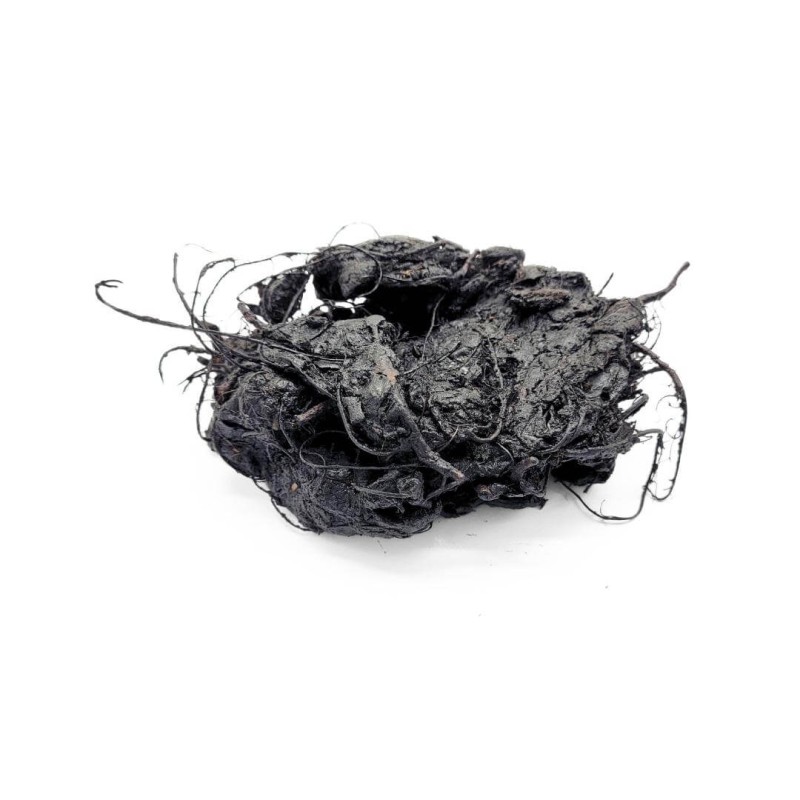



 Reviews
Reviews 
